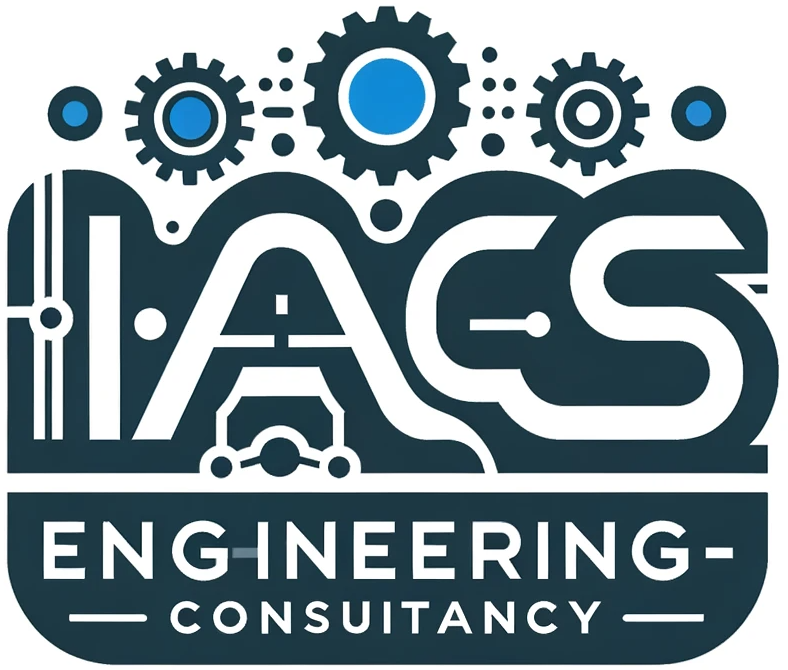Ensure the system transitions to a safe state during fault, power loss, or communication failure.
🔧 Practical Approach:
| Step | Action |
|---|---|
| 1 | Define “safe state” per device: For a valve, this may be “closed”; for a motor, “off”. |
| 2 | Use normally closed (NC) circuits for emergency stops, limit switches — failure leads to open circuit (safe condition). |
| 3 | Implement watchdog timers: If the PLC or comms fail, devices stop automatically. |
| 4 | Design outputs to de-energize to safe state: Use relays/fail-safe outputs that cut power on failure. |
| 5 | Use redundant systems: Dual-channel safety PLCs or redundant field devices. |
| 6 | Comply with standards: Use IEC 61508, IEC 62061, or ISO 13849-1 for SIL or PL-rated systems. |
🧪 Test: Simulate faults during commissioning and validate safe-state transitions.
